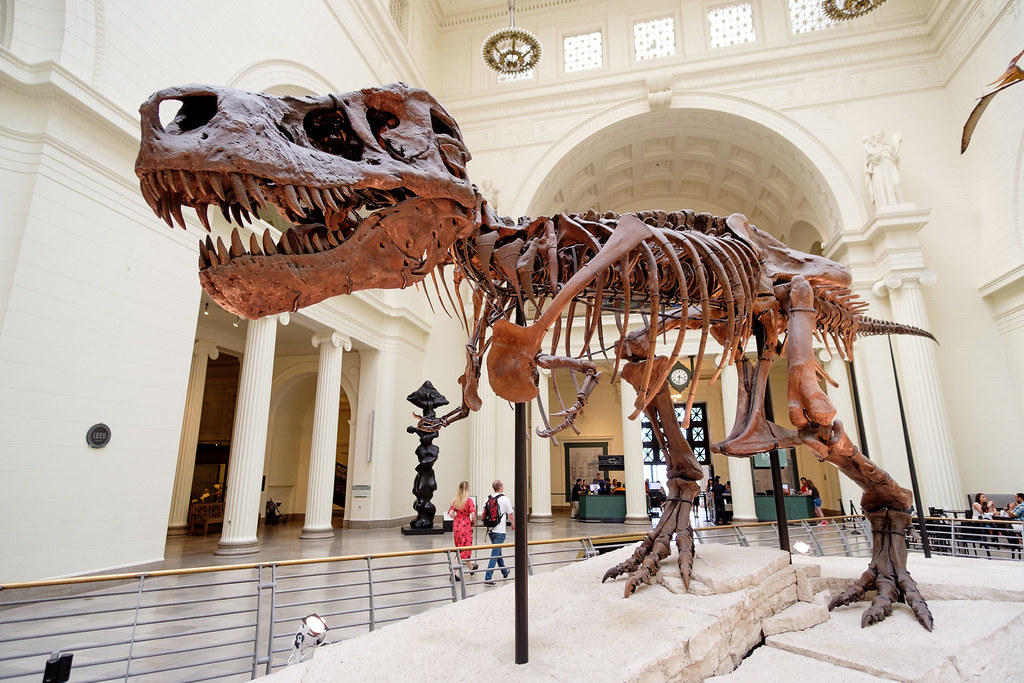Researchers from the University of Bath and the University of Chicago discovered that fossils that were previously thought to belong to a young Tyrannosaurus rex may be remains of an adult Nanotyrannus lancensis.
Five years ago, fossil hunters uncovered a mysterious fossil in eastern Montana. Until now, this fossil was believed to be a young T. rex.
The groundbreaking study was led by Dr. Nick Longrich and Dr. Evan Saitta and published in the Fossil Studies journal on Jan. 3. It is another addition to ongoing research and debate on which species the mysterious fossils from Montana originated from.
“When I saw these results I was pretty blown away,” Longrich said. “I didn’t expect it to be quite so conclusive. If they were young T. rex they should be growing like crazy, putting on hundreds of kilograms a year, but we’re not seeing that.”
The scientists reanalyzed the fossil by examining Nanotyrannus and T. rex anatomy, and a previously unrecognized fossil of a baby T. rex.
“We tried modeling the data in a lot of different ways and we kept getting low growth rates. This is looking like the end for the hypothesis that these animals are young T. rex,” Longrich said.
The scientists discovered that the growth fossil’s leg bones contained growth rings that were closely packed together. The close rings suggested that the dinosaur was past the developing stage and at its full size.
According to researchers, the Nanotyrannus would have grown between 900 and 1500 kilograms and up to 5 meters long, 15% the size of an adult T. rex. They examined multiple T. rex and Nanotyrannus fossils and found over 150 differing characteristics between species. Scientists did not identify any fossils that featured Nanotyrannus and T. rex features.
“Even the biggest T. rex, has shorter arms and smaller claws than in these little Nanotyrannus, ” Longrich said. “This was an animal where the arms were actually pretty formidable weapons. It’s really just a completely different animal – small, fast, agile. T. rex relied on size and strength, but this animal relied on speed.”
Despite the findings, not all paleontologists are on the same page about the specimen’s species. Holly Woodward, who authored a 2020 study that said the fossil was a baby T. rex, was not convinced by the paper’s conclusions.
Other institutions, such as the David Aaron Gallery in London, label the long-legged, larger-armed dinosaur as a T. rex. The gallery insisted that a similar specimen in their collection is a “rare juvenile T. rex skeleton,” and is listed for sale for $20 million.
“It’s sort of like Schrodinger’s dinosaur,” paleontologist Thomas Holtz said. “This paper’s going to keep people talking about it, but it’s not going to really resolve it.”









